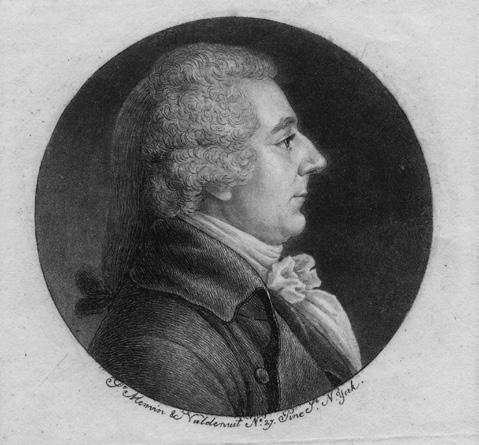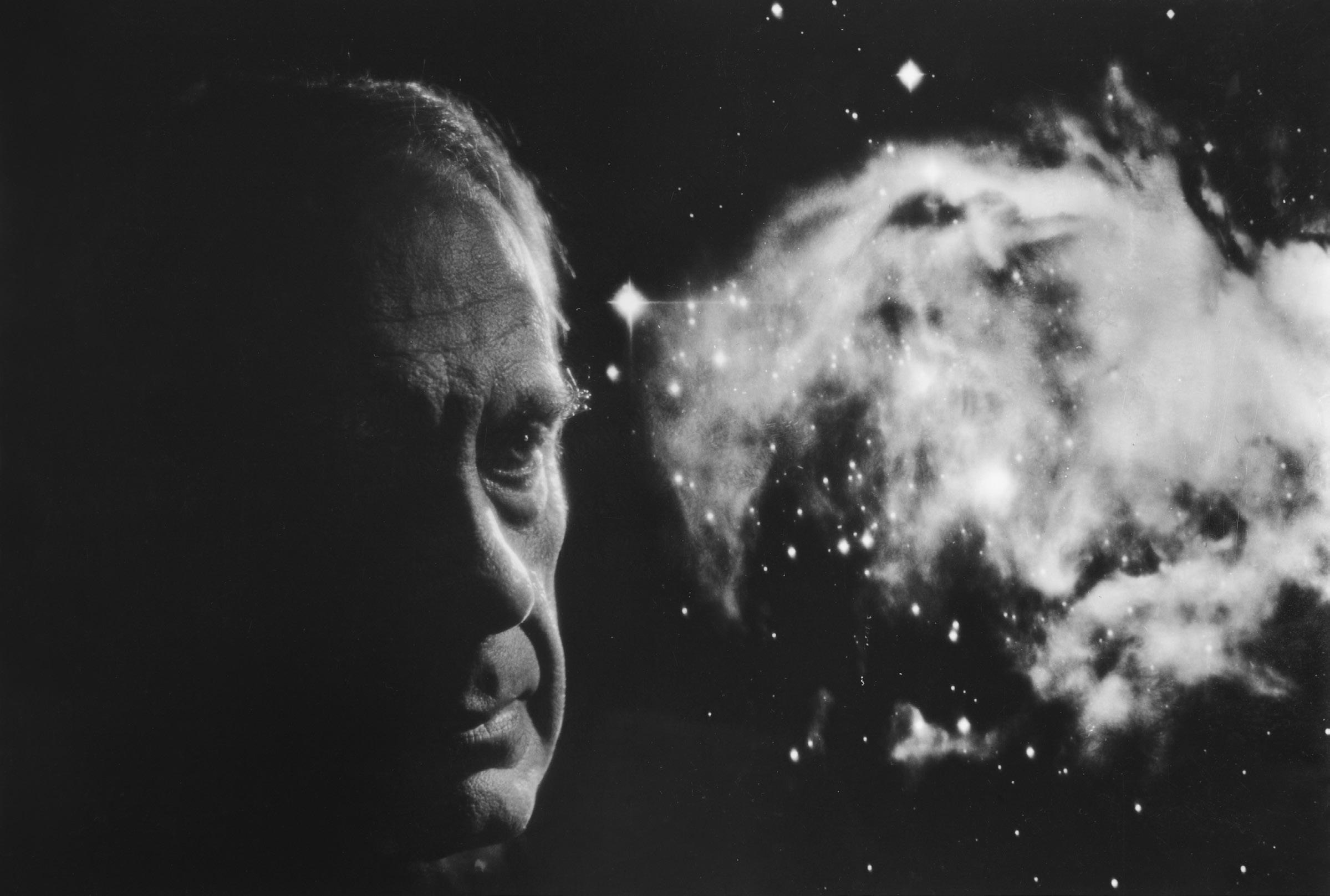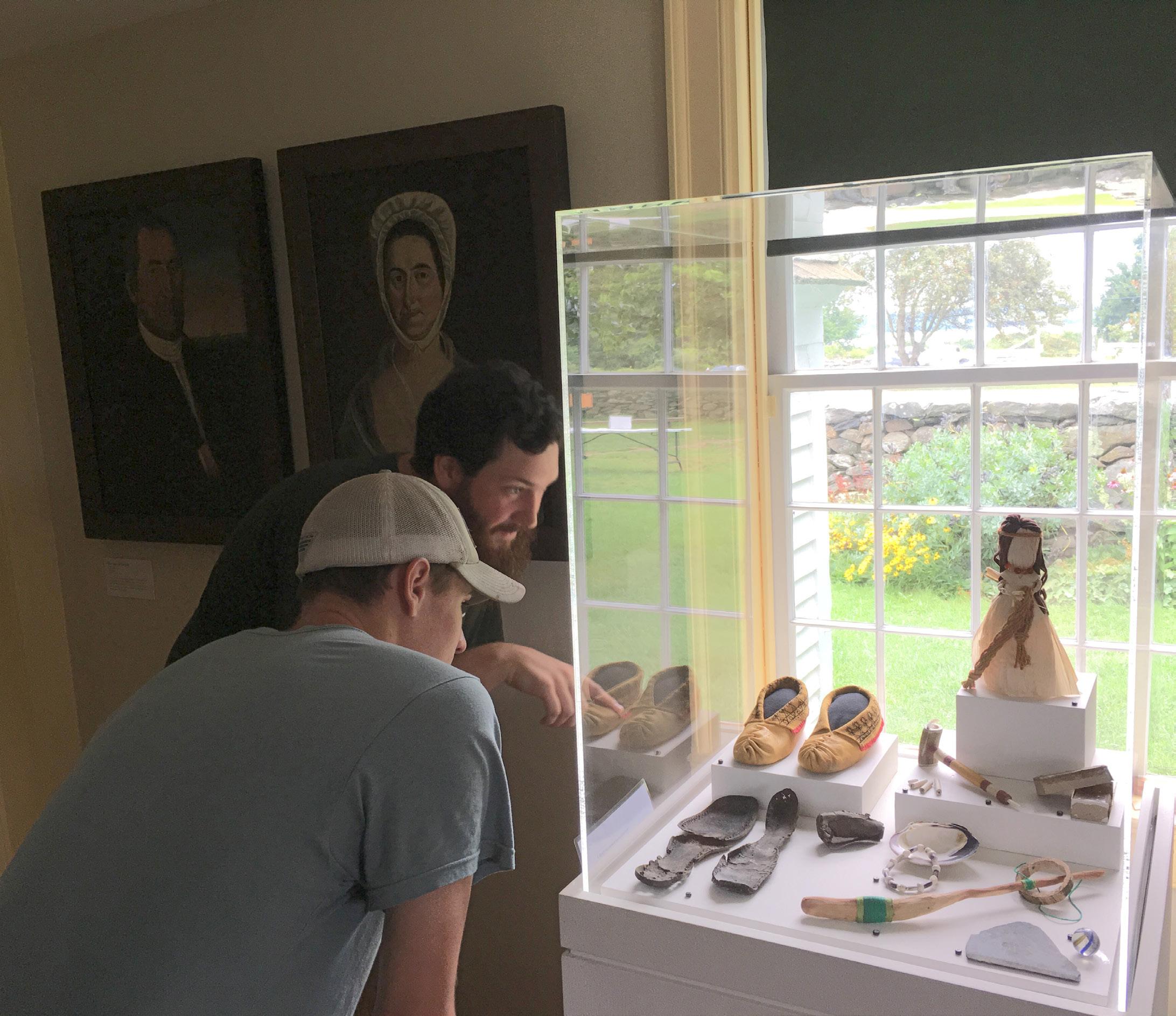
6 minute read
Moving Stories
The Cultural Importance of Home Movies Stories
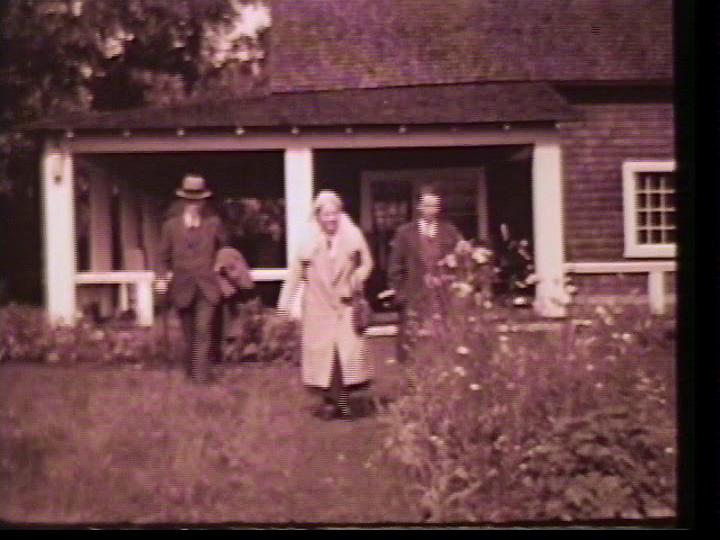
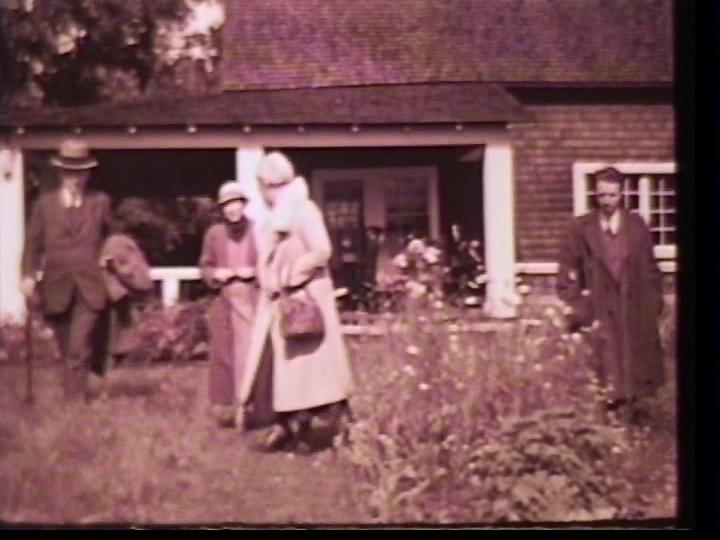
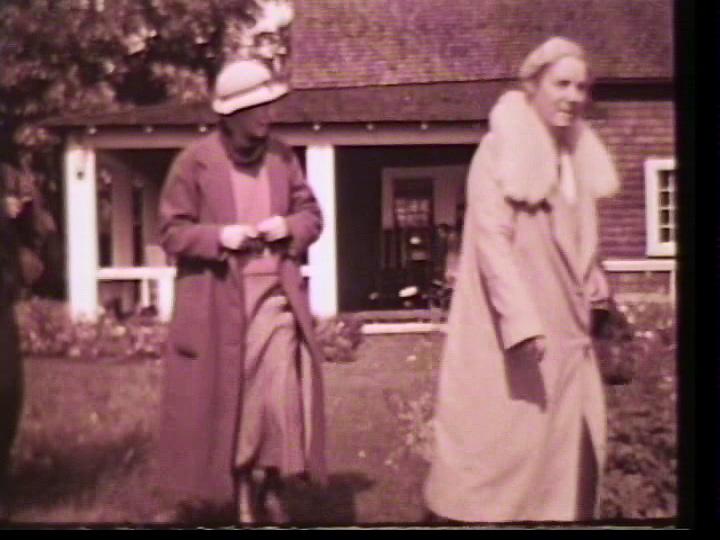
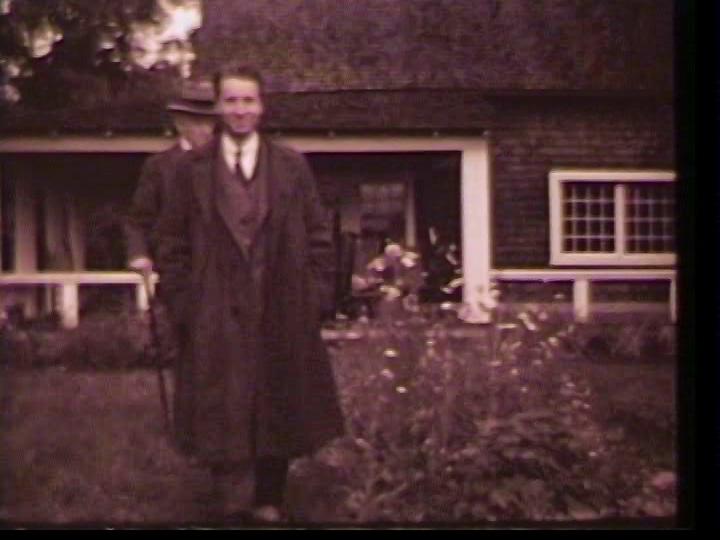
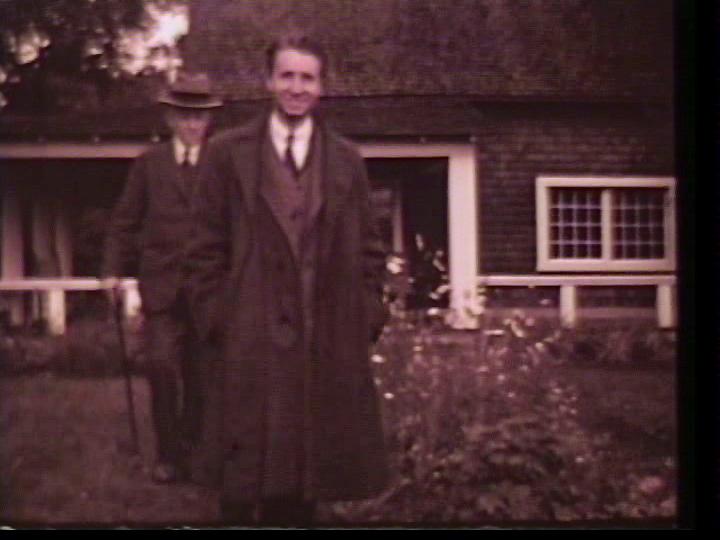
Frames from a home movie in Historic New England’s Phillips Family Film Collection. The films, along with a variety of family papers, came to the organization when it acquired the 1821 Phillips House in Salem, Massachusetts, in 2006. The movies were made from 1925 to the 1940s by James Duncan Phillips (1876-1954) and Stephen Phillips (1907-1971).
BIRTHDAYS, WEDDINGS, GRADUATIONS, holidays, and vacations. Mobile phones are now the device of choice to record our memories of these events, but for much of the twentieth century many American families relied on predigital technologies like snapshot photography and home movies to capture such milestones for personal reminiscences and posterity. While home movies are often stereotyped as being primarily family records with little artistic or historical value, this genre has been by KAREN F. GRACY Associate professor, School of Information, Kent State University
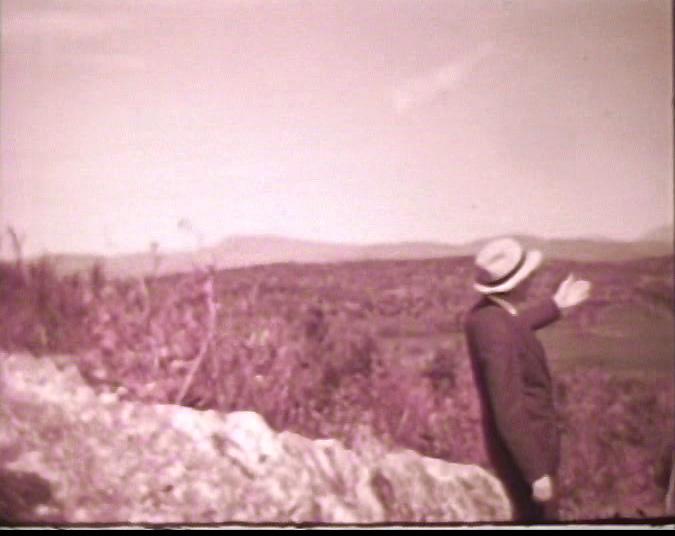
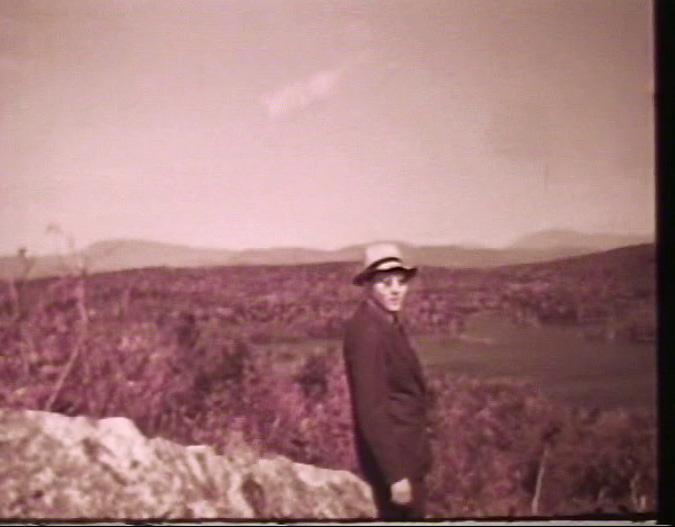
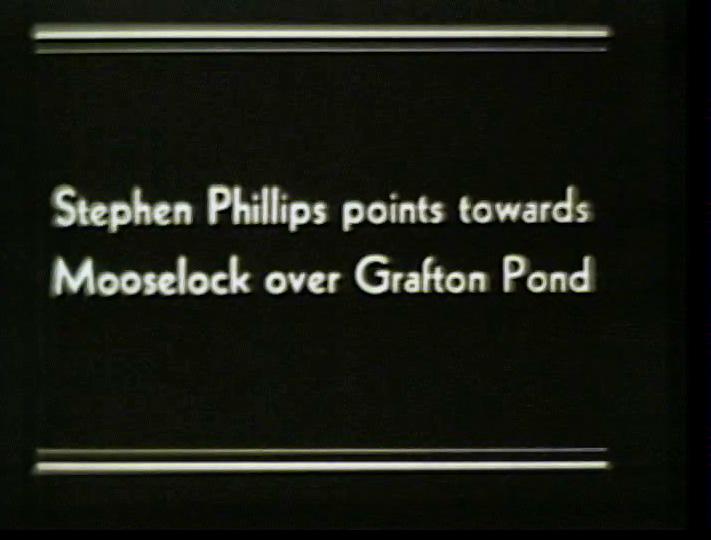
rediscovered and reevaluated in recent years. Where home movies were once dismissed as mundane, boring, or uninteresting for those outside of a person’s circle of family and friends, historians and cultural scholars now recognize these films as vital records, important cultural artifacts, and even influential artistic expressions.
The origins of the home movie can be traced to its precursor, photography. The hobby of snapshot photography was sparked in 1888, when the Eastman Kodak Company introduced the Kodak No. 1 camera, affectionately called the “Brownie,” to the American market. These cameras came preloaded with film, and when the film was exposed photographers could return the camera to Kodak to process it and reload the device with new, unexposed film. Over the next five decades the company sold millions of Brownie cameras. Advertisements for the Brownie Kodak touted, “You press the button, we do the rest.” The device’s ease of use was undoubtedly key to its popularity, as was its affordability—costing approximately $30 in today’s currency.
Several decades later, Kodak would attempt to replicate the success of the Brownie by introducing its first consumergrade motion-picture cameras and film stocks. Several innovations engineered by Kodak resulted in a product suitable for amateur users. The company reduced film width from the 35mm professional gauge first used to 16mm in 1923 and later to 8mm in 1932. These smaller gauges were manufactured using the nonflammable substance cellulose acetate, instead of the cellulose nitrate used for 35mm. Amateur users needed a safe alternative to nitrate, as it was far too risky for home use due to its combustibility. Acetate melted upon exposure to high heat instead of igniting, making it much safer for home users who might shoot, project, and store film in less than ideal conditions.
People of means were the earliest adopters of these new amateur gauges, particularly 16mm. A complete camera setup, including camera, projector, tripod, screen, and splicer, sold for $335 in 1923, which would be equivalent to just over $5,000 today, making 16mm moviemaking an expensive hobby. It was not until the introduction of the more budget-friendly 8mm gauge in the early 1930s that amateur moviemaking became as ubiquitous as snapshot photography. In comparison, in 1932 the first 8mm camera cost $29.50 ($550 in today’s currency, a bit more than the current average cost of a mobile phone and one-third the cost of the least expensive 16mm camera of the time, which was $75).
As amateur filmmaking grew in popularity in the 1930s and 1940s, so did filmmakers’ interest in improving their techniques and storytelling ability. In 1940 Kodak published a handbook to help budding auteurs “improve the interest and quality of their films,” called How to Make Good Movies. This publication played double duty showcasing Kodak products and instructing filmmakers in the basics of camera operation, film stock selection, editing, and creation of lively narratives.
Amateur cineastes who were serious in the pursuit of their filmmaking hobby began to form social groups to study the art of cinema, support each other’s efforts, and exhibit their work. These groups were often called ciné-clubs or film societies.
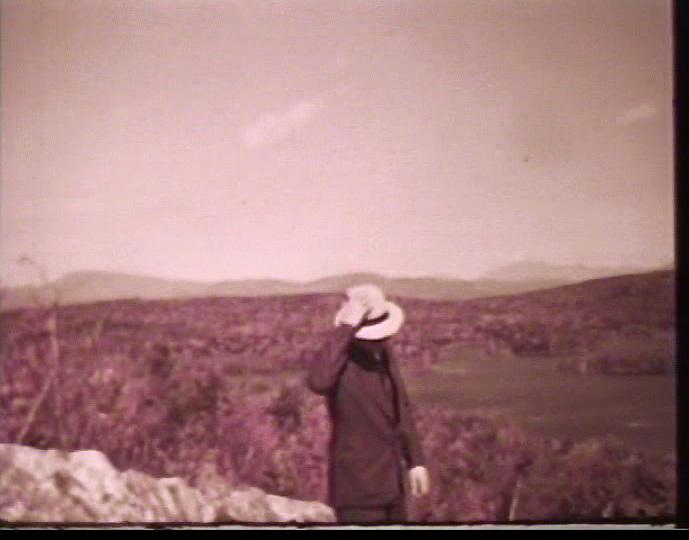
Through these organizations, filmmakers began to explore and innovate the genre of home movies specifically and amateur filmmaking in general.
As the genre matured, filmmakers pushed the boundaries of typical subject matter and style. Amateur films could take on the characteristics of a variety of film genres and forms. A nonfiction amateur film might be straightforward footage (known as actuality film) of a current event or a more complex, documentary account with a point of view and a particular aesthetic. A fiction film might create a complex narrative that played with the conventions of time and space established in professional filmmaking. Experimental artists might push the limits of movie-making technology, such as exploring the mechanics of the camera and lenses, the effects of varying light exposure on film stock, or the various possibilities for editing shots and scenes.
The rich traditions and unknown gems of amateur filmmaking have been rediscovered and celebrated in recent years through scholarly and public recognition. The National Film Registry (NFR) of the Library of Congress has
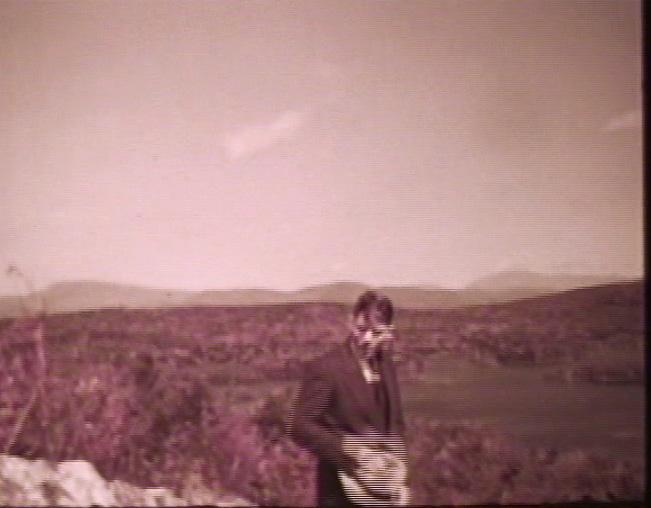
acknowledged eight home movies since its inception in 1988. The NFR’s choices showcase the incredible variety and diversity of the genre, often providing a window into American society that mainstream Hollywood films rarely show. NFR-recognized films thus far include a travelogue featuring a vacation to Disneyland in 1955, the year it opened (Disneyland Dream); actuality footage of the 1940 collapse of the Tacoma Narrows Bridge in Washington State; amateur films depicting the daily lives of Mexican Americans in Corpus Christi, Texas; home movies of the Nicholas Brothers dance duo; and what may be the most famous amateur film of all time, the assassination of President John F. Kennedy as captured in November 1963 by Abraham Zapruder. Interested readers can find descriptions of all home movies and amateur films named to the National Film Registry by finding its Wikipedia entry (search on the page for “home film”).
The Center for Home Movies is another essential resource for exploring the cultural significance of home movies and amateur film. It is an international organization whose mission is “to transform
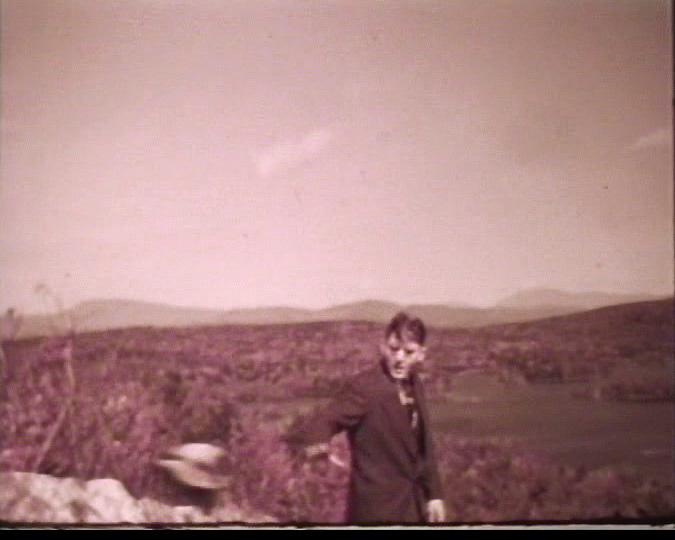
the way people think about home movies by providing the means to discover, celebrate, and preserve them as cultural heritage.” Local libraries, archives, and museums across the country and around the world are invited to host open screenings of home movies and home videos under the banner of the Center’s annual Home Movie Day. This event provides people with an opportunity to view their family’s home movies and home videos, even if they no longer own projectors or players for these formats. Trained archivists will inspect and clean your films or videos, repair them if needed, and safely play them for you during the event. They can also provide advice about transferring your treasures to a more accessible digital format. Visit centerforhomemovies.org to find out more about Home Movie Day.
Historic New England’s digitized 8mm home movies include some of Walter Gropius and his family. To see the celebration of the architect’s last birthday—May 18, 1969—as well as the family’s 1963 and 1964 Christmas gatherings, visit gropius.house/location/homemovies/.


